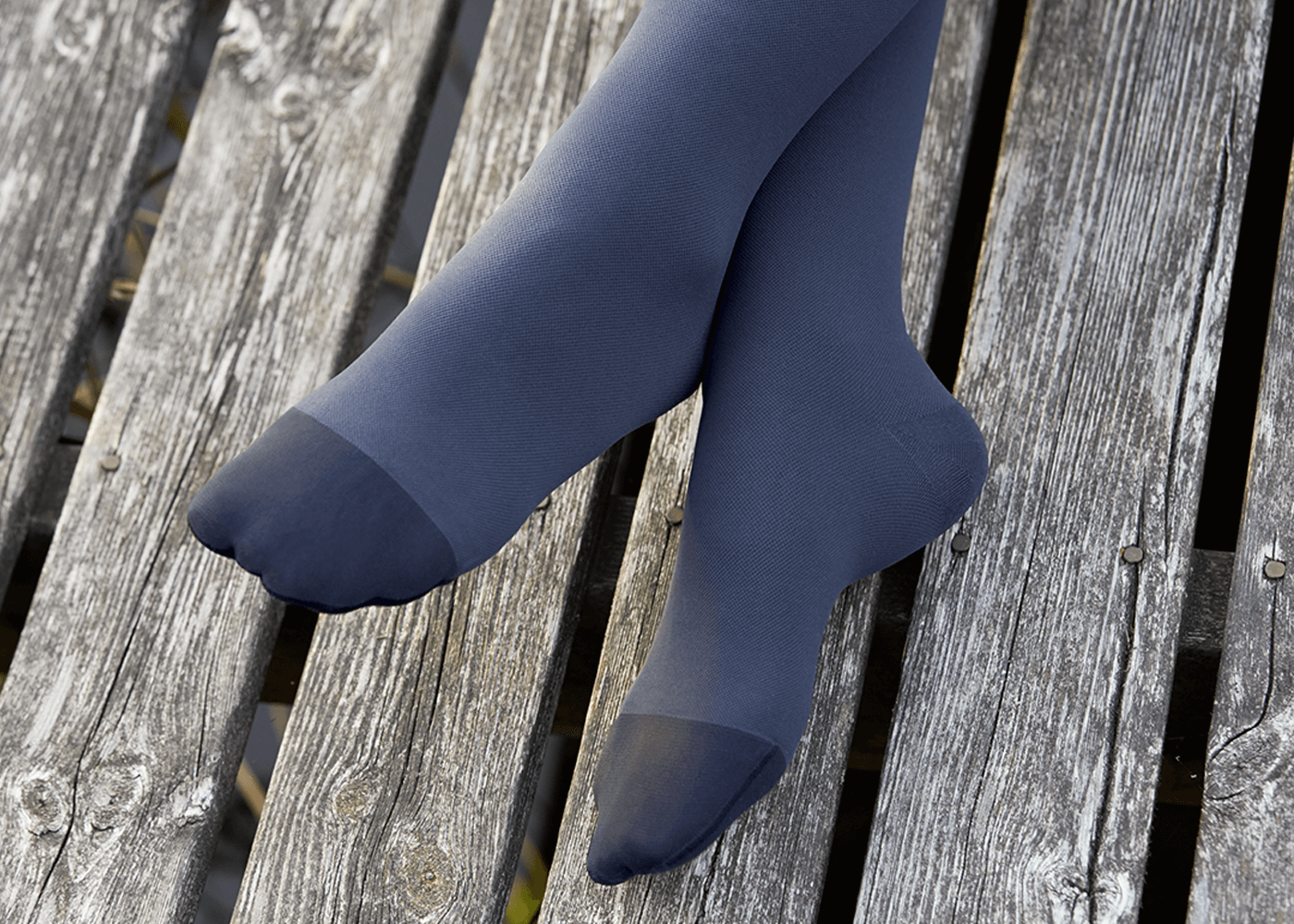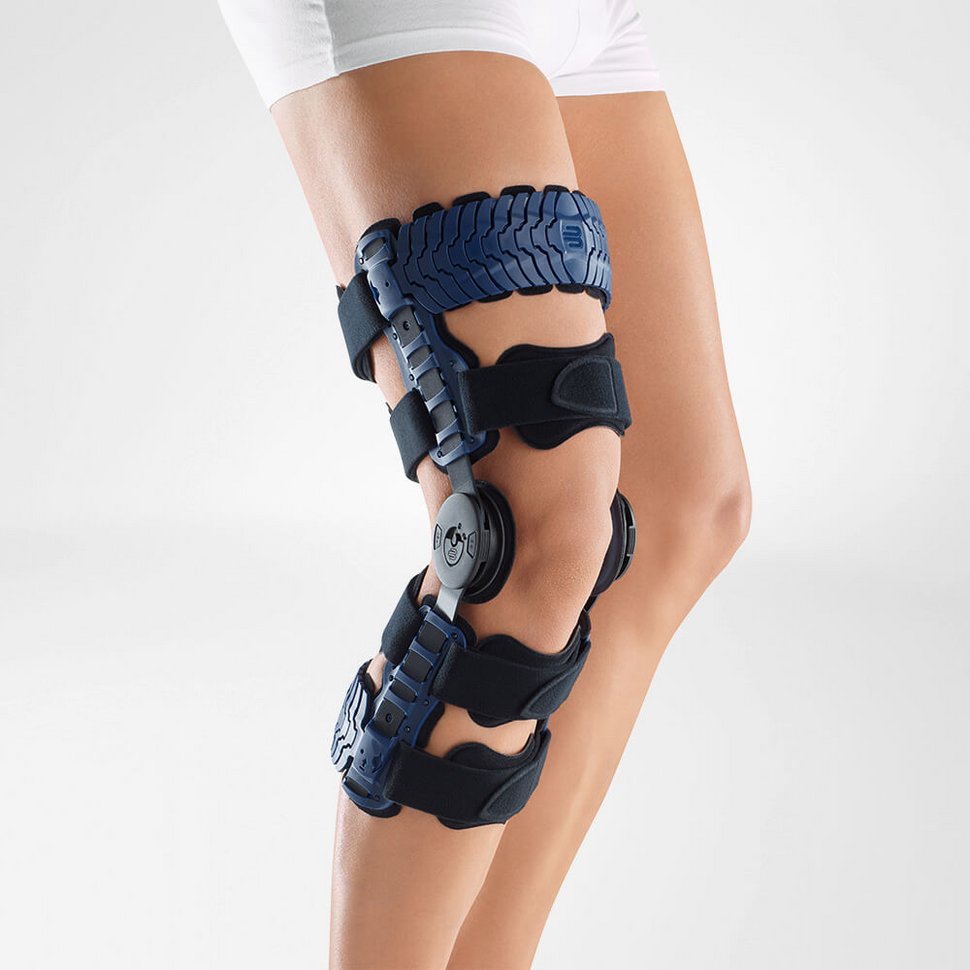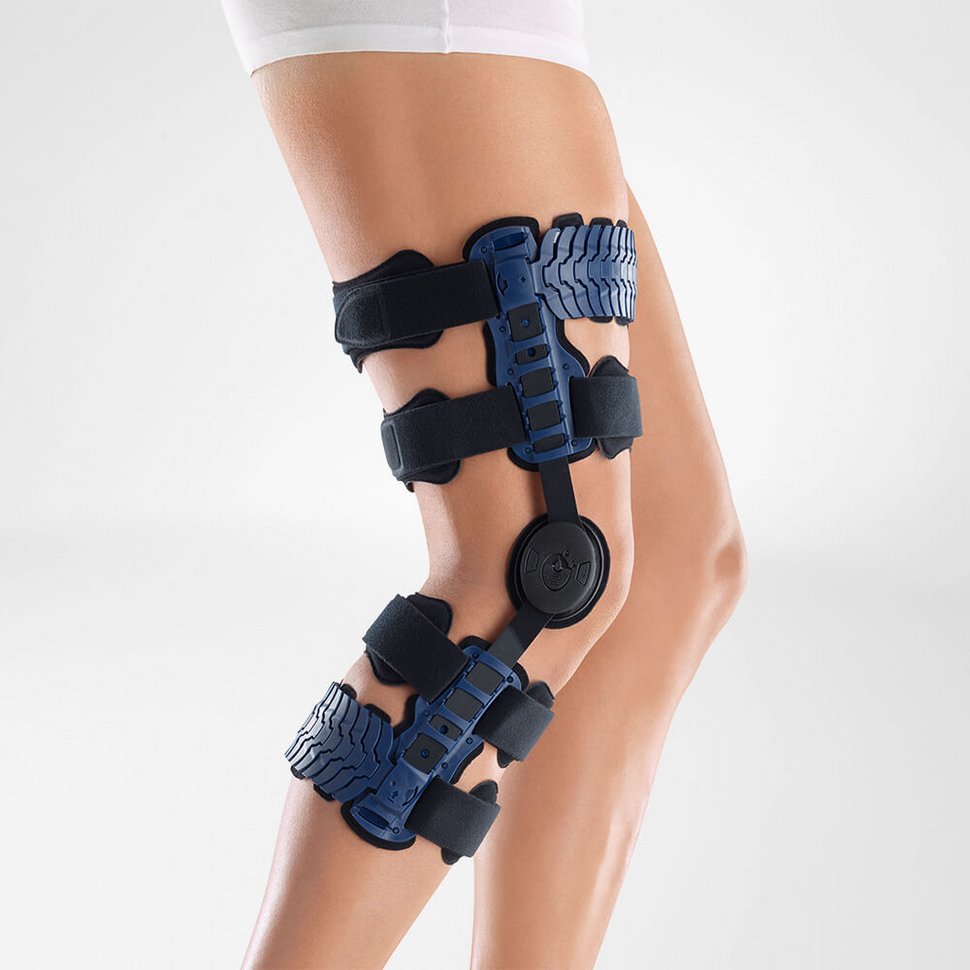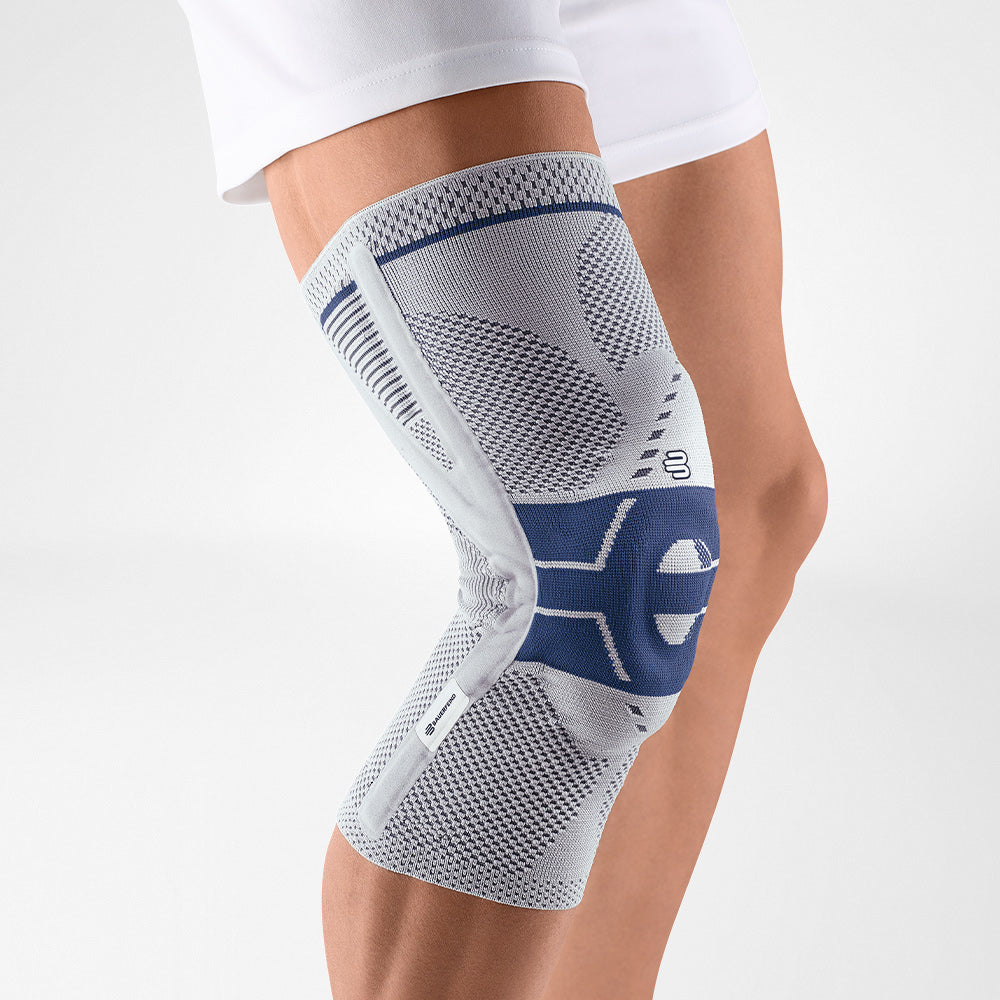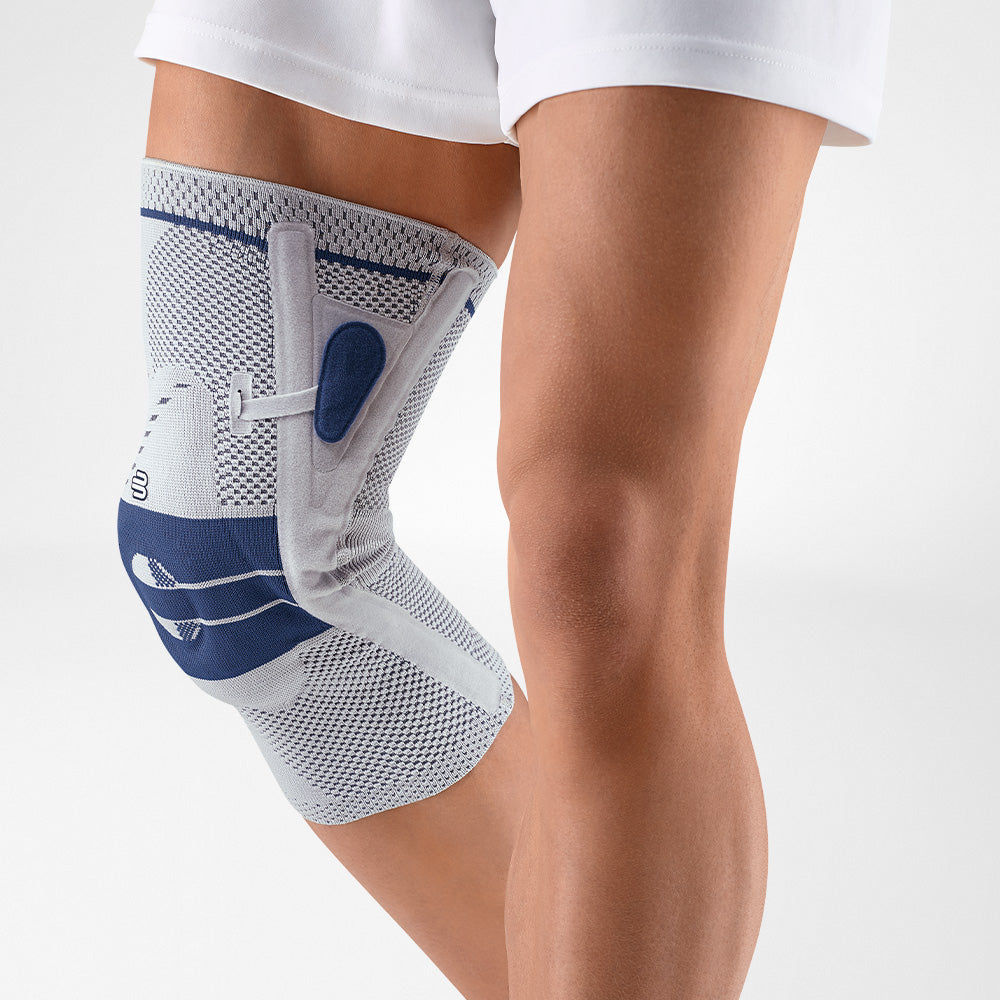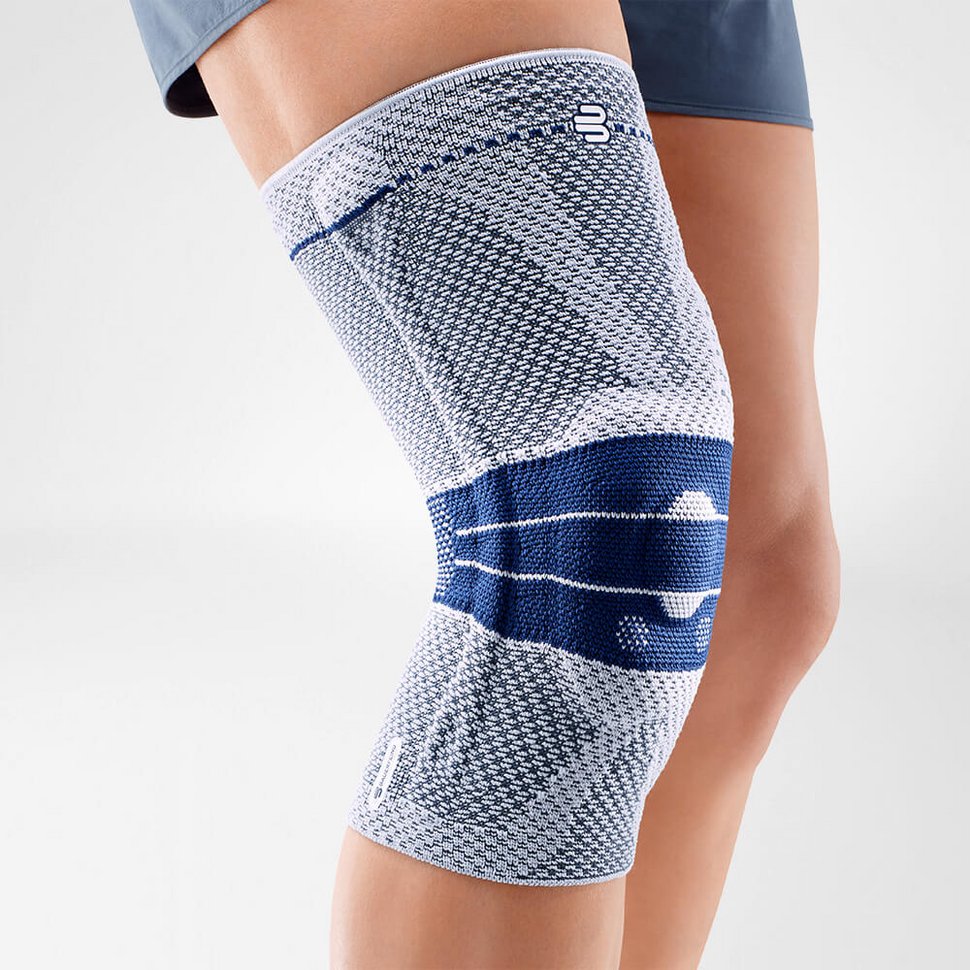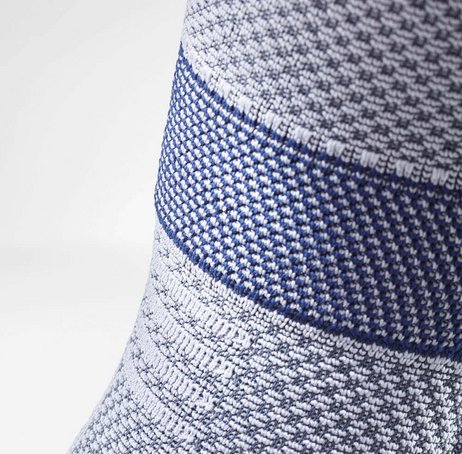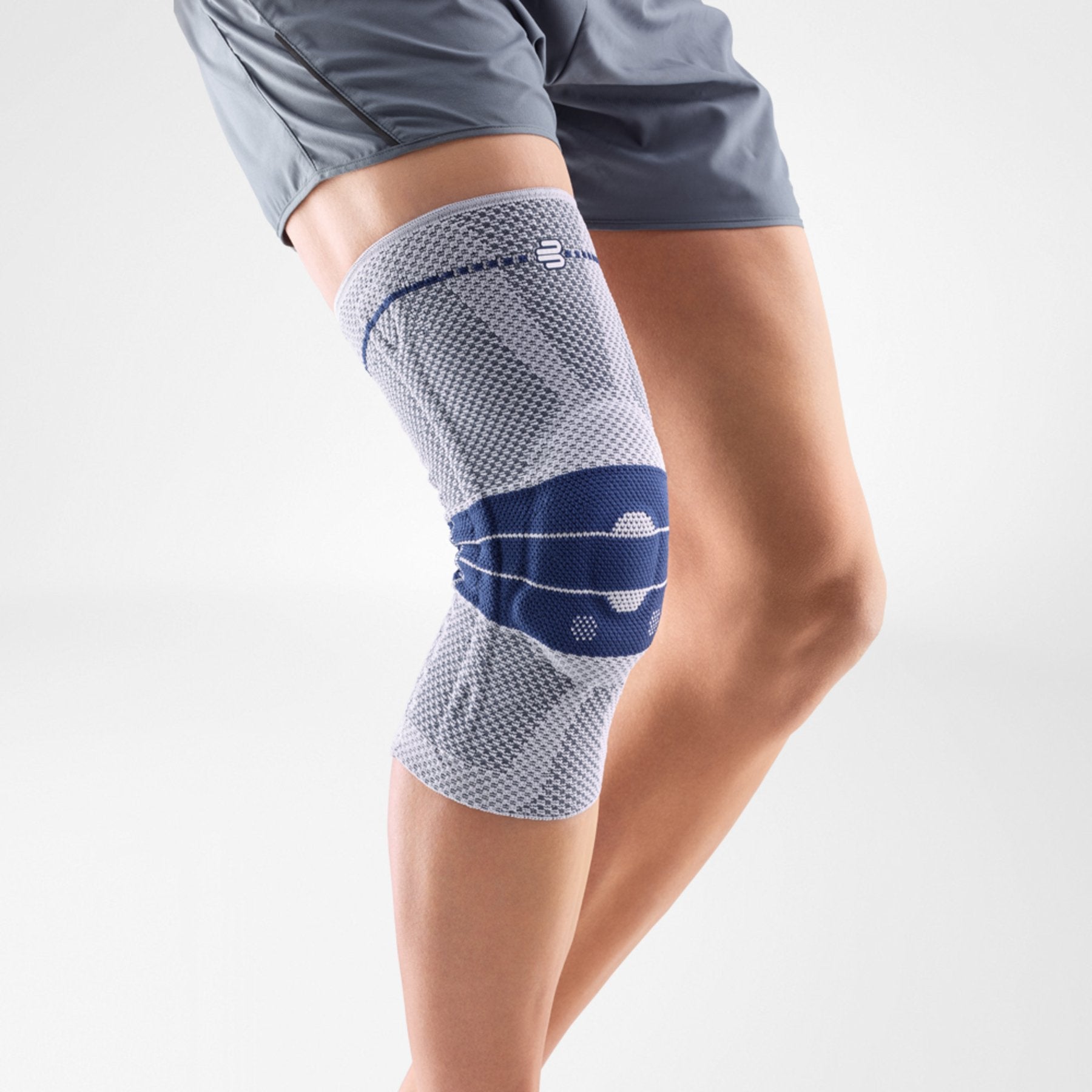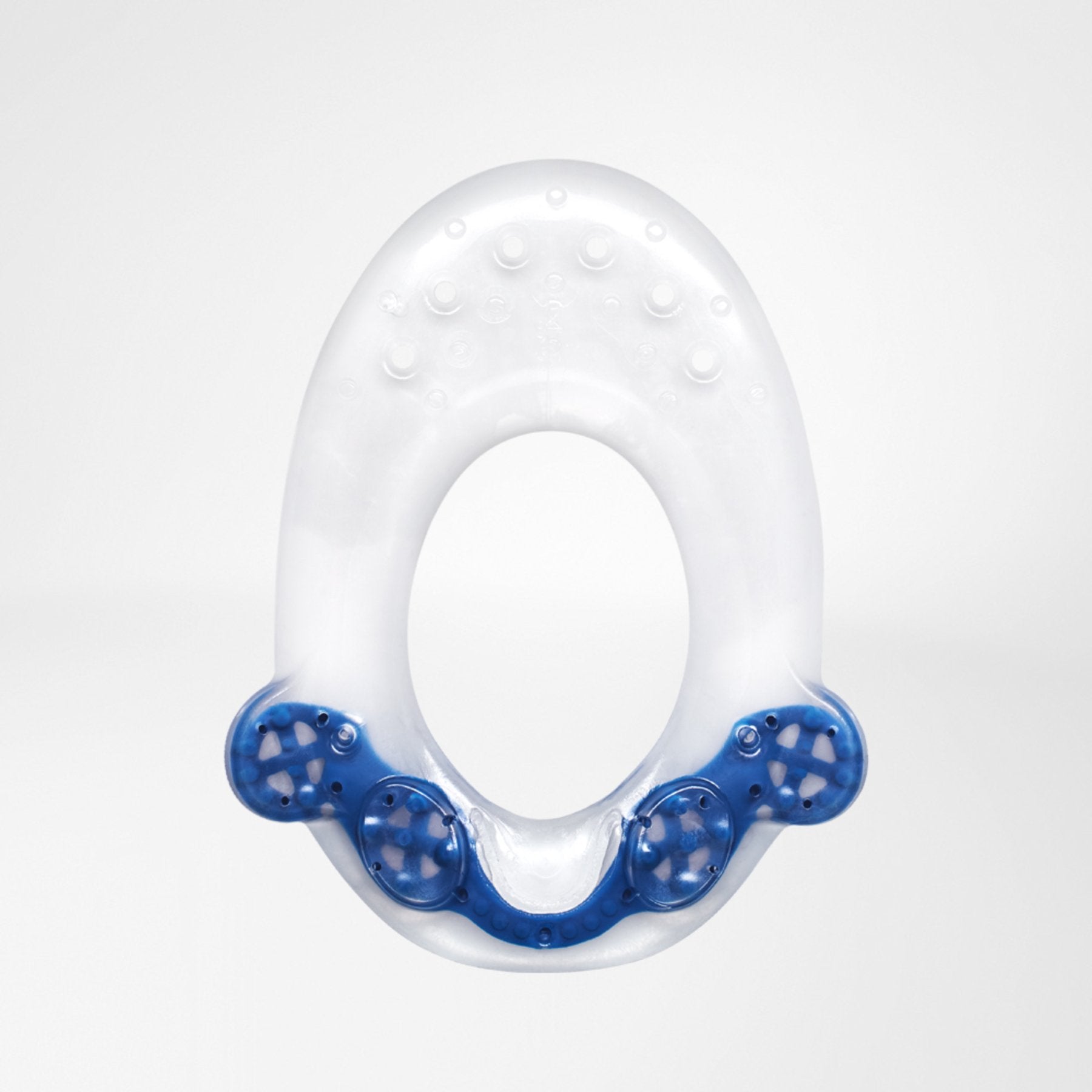DRY SKIN: INSUFFICIENTLY FORMED OF LIPID MOISTURE FILM
Skin is the largest organ of our body and forms a protective layer called the epidermis. Healthy skin is covered by a fine film of moisture containing tiny droplets of lipids (fat).
This layer keeps the skin supple and protects the delicate soft tissues from pathogens and environmental influences. In some patients, the lipid moisture film is insufficiently formed and can result in dry flaky skin.
Patients experiencing this condition develop tiny cracks or sores which can act as entry points for pathogens and infections. In chronic cases, patients can develop rashes or eczema all over the body.

CAUSES OF DRY SKIN
Dry skin is a direct result of a compromised hydro-lipid film (moisture protective film). Often a combination of innate risk factors and certain environmental factors can lead to patients developing dry skin. Some of the most commonly known factors include:
- Innate deficiency in the sebum glands of the skin. Patients with this tendency formless fat due to the nature of their skin resulting in dry patches of skin.
- Excessive sweating can wash away lipids and moisturizing factors from the epidermis. The skin loses its protective film.
- Frequent practice of washing with soap has a similar effect and can degrade the natural lipid film.
- Intense dehydration.
- Exposure to hot air for prolonged periods. Likewise, exposure to dry cold air during winters can have a similar effect.
- Malnutrition.
- Hormonal contraceptives, i.e. “the pill”
- Perfumes, aerosols, detergents and household chemicals can also degrade the delicate hydro-lipid film.
- Lifestyle choices like drinking alcohol and smoking have dehydrating effects on the body and can exacerbate the condition.
- Certain diseases such as Diabetes, Neurodermatitis, hypothyroidism, allergies or diseases of the digestive tract can also impact the formation of the lipid film.
Dry skin is not just a cosmetic problem. It is a sign of an underlying condition and it is advisable to seek a medical opinion sooner rather than later.
DRY SKIN SYMPTOMS
Some of the most commonly known symptoms of the condition include:
- Visible skin flakes that occur frequently on dry skin areas.
- Compromised stratum corneum (the protective layer of horn-like scales of that guards the inner layers). Typically, with a healthy hydrolipid layer, the stratum corneum is hidden.
- Missing hydrolipid film in areas of dry skin results in moisture evaporating from the skin. Eventually the skin loses its moisture balance and flakes begin to come lose in large numbers.
- A white dry patch is a common occurrence.
- Patients experience itching and tightness of the skin. In some cases, the skin might turn red and become irritated.
- Skin regions with a lower number of sebaceous glands and a relatively poor blood supply are at particular risk of developing dry skin.
- With poor blood supply, there is a short supply of nutrients available to build-up the hydrolipid film. As a result, the lower half of the body specifically the legs, knee and ankle region is particularly prone to this condition.
TREATMENT FOR DRY SKIN
Treatment for dry skin is mostly conservative and involves very manageable practices patients can incorporate into their daily life. The focus is to provide enough moisture and avoid activities or practices that may lead to the depletion of the hydrolipid film.
-
LIFESTYLE CHOICES
- Making a few changes in your lifestyle can have a positive effect on the prevalence of dry skin.
- Avoiding consumption of alcohol, tobacco and other dehydrating agents can prove valuable to supporting prognosis.
- Regular exercise and a healthy diet can help boost blood circulation and provide valuable nutrients in vulnerable parts of the body (like the legs).
-
REGULAR SKINCARE
- It is highly advised that patients with a dry skin condition regularly moisturize their skin with non-scented hypoallergic creams.
- Application of creams several times a day provides necessary moisturizing factors and supports the skin in restoring its protective moisture film.




